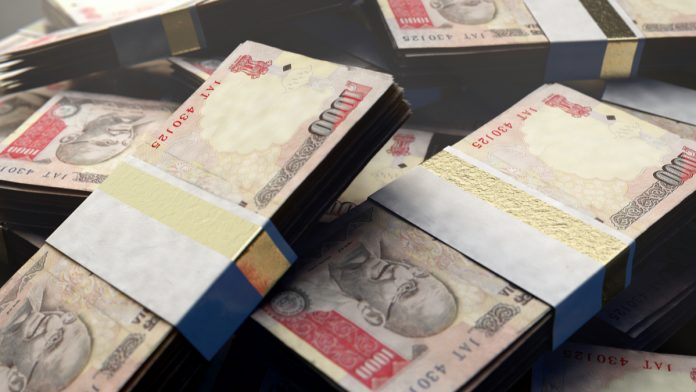- Indian Rupee (INR) falls after 3-days of gains
- Indian domestic rises to 5.59% YoY
- US Dollar (USD) steady ahead of US inflation
- US CPI expected to rise to 7%
The US Dollar Indian Rupee (USD/INR) exchange rate is moving higher on Wednesday snapping a three-day losing streak. The pair settled -0.31% on Tuesday at 73.79. At 11:30 UTC, USD/INR trades +0.15% at 73.90.
Inflation in India rose to 5.59% year on year in December, up significantly from 4.91% in November and the highest level in six months and above the Reserve Bank of India’s 4% medium term target. This was however below the 5.8% rate that analysts had forecast.
Economist see inflation rising above 6% going forwards, this is the upper tolerance limit for the RBI central bank. Surging inflation is coming at a time when Omicron cases are rising steeply in India, which recorded just shy of 200,000 new daily cases.
In addition to softer than forecast inflation, Indian industrial production also disappointed, rising 1.4% year on year in November, down from 4% in October and short of the 3% forecast.
The US Dollar is holding is rising versus the Rupee but is holding steady against its major peers. The US Dollar Index, which measures the greenback versus a basket of major currencies trades flat at the time of writing at 95.62 after steep losses in the previous session.
The US Dollar fell in the previous session after Fed Chair Powell managed to calm the financial markets. He confirmed that the Fed will hike rates this year but didn’t pass comment on the frequency of rate hikes or the timing. His balanced commentary soothed the markets.
Today investors are in a wait and see mood ahead of US inflation data. Expectations are for US inflation, as measured by consumer prices to rise to 7% year on year in December a 40 year high, up from 6.8% in November a 39 year high.
A higher than forecast reading could raise expectations of more rate hikes from the Fed across 2022. Major investment banks currently expect 4 rate hikes from the Fed in 2022.




